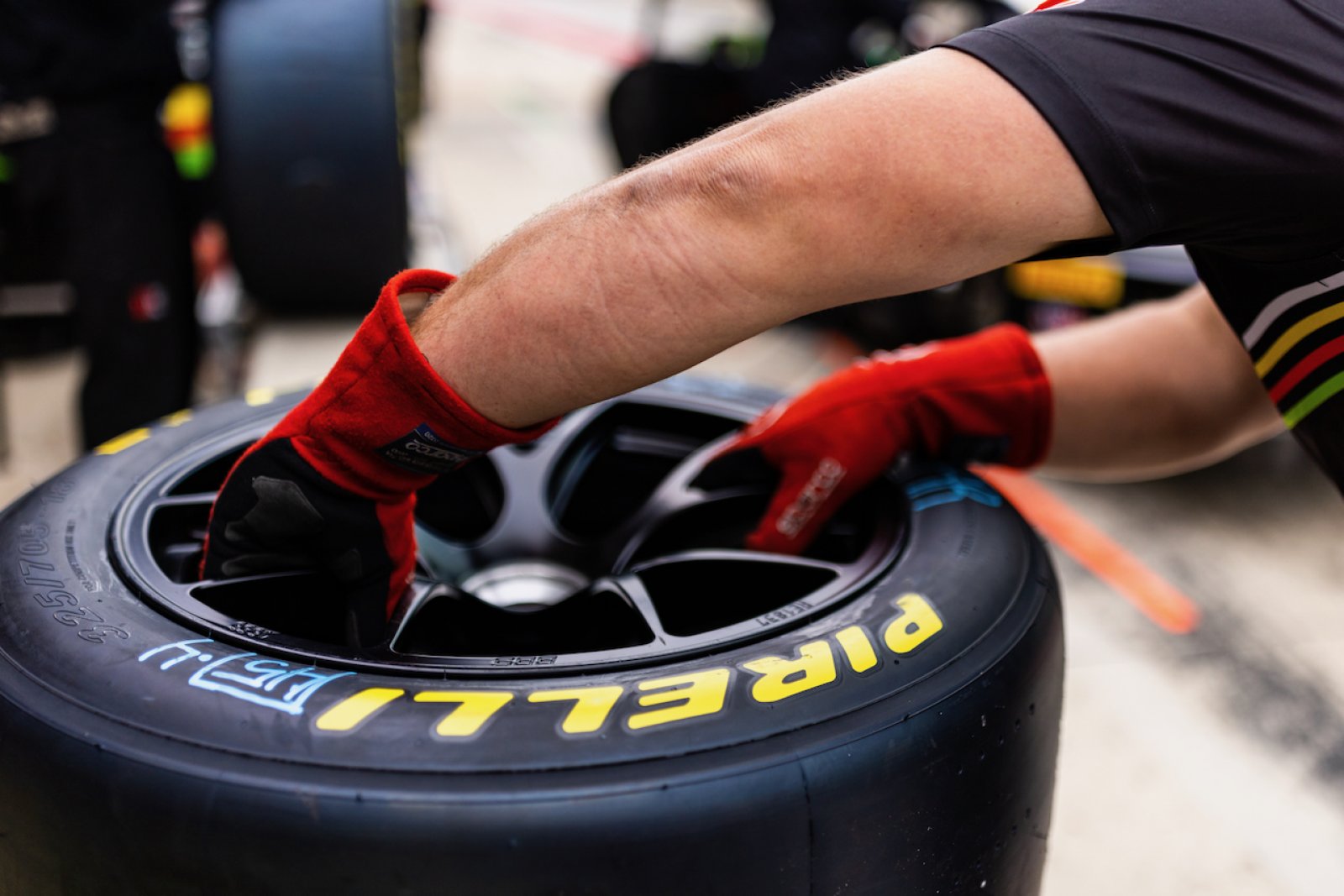In addition to being pioneers in technology, Pirelli has always also been a pioneer in sustainability, thanks to its continuous efforts to find increasingly environmentally-friendly solutions. The company actively cooperates with the main reference bodies at national and international level, promoting the identification and development of circular economy solutions that value and promote the sustainable recovery of old and used tyres, or more simply tyres that have reached the end of their life.
Read more: Circular economy: the second life of tyres
An end-of-life tyre is in fact an incredible resource in terms of the circular economy: you can obtain materials from it which have a high technological value and that can also give rise to significant economic growth and this can only grow in the future. After working hard on the race tracks, Pirelli's own tyres are sent off to recover material or energy in treatment plants. Looking to the future, optimisation will also involve joint commitment with the teams to make sure the tyres that have reached the end of their life remain their property (which is what happens in some championships) and are sent off to recover above all material, to authorised treatment plants.
But let's take a step back for a moment, because sustainability is not only an aspect that involves the final part of the life cycle of a motorsports tyre: each tyre is produced in an environmentally-friendly way from the onset.
The processes used by Pirelli in its motorsports factories, in Slatina in Romania and in Izmit in Turkey, are efficient from an energy and water use perspective, as well as designed to minimise CO2emissions. Pirelli has set itself major goals to contribute to a low carbon emissions future, including the use of only renewable electricity throughout the Group by 2025, a first step on the road towards Carbon Neutrality by 2030.
But let's go back to end-of-life tyres, which are a valuable source of secondary raw materials for several industries. Pirelli is committed to improving the sustainable use of end-of-life tyres continuously, according to its open innovation model, mainly through joint development agreements with the main suppliers to improve the quality of secondary raw materials deriving from end-of-life tyres (from tyre to tyre) and R&D activities to enhance the value of materials derived from end-of-life tyres by promoting the development of an “industrial ecosystem” through dedicated partnerships and cooperation with the main national and international stakeholders (e.g. TIP - WBCSD, ETRMA).
Recently, the pyrolysis process is rising in popularity. In this process the used tyres are heated until the elastomeric part is broken down into products such as gas, mineral oil and recovery carbon black, which can be reused both in the chemical industry and again in the tyres themselves. In both cases, the steel in the tyre is separated and reused.
End-of-life tyres can be granulated and the granulate, produced in a more or less fine form depending on the intended use, can be used in a variety of applications.
The material derived from end-of-life tyres is used for instance in the field of road infrastructure for the production of Modified Asphalt (Rubberized Modified Asphalt), curbs and bumps. There is also ample possibility of use in constructions, for example for acoustic insulating layers or anti-vibration applications, but also in the automotive field such as in the case of thermoplastic elastomers (TPE).
There is also a use which is much closer to us all, where the material is used in sports infrastructure: for example, as substrates for athletics tracks, football pitches and basketball courts or as shock-absorbing flooring.
Read more: Pirelli and FIA together for increasingly sustainable motorsports
The Research and Development Department is also studying the progressive introduction of materials from renewable sources, of natural origin and/or products with lower CO2 emissions, as alternatives to those derived from fossil sources, but always on the condition that the performance of the product remains the same as or better than the current ones. The development of innovative materials in partnership with suppliers and universities, where sustainability elements are key, is also very important.

